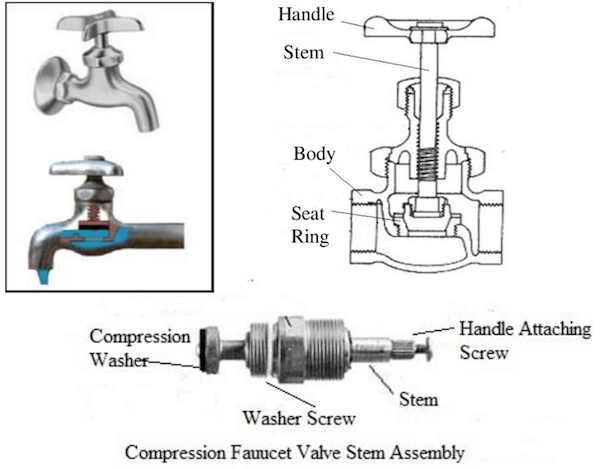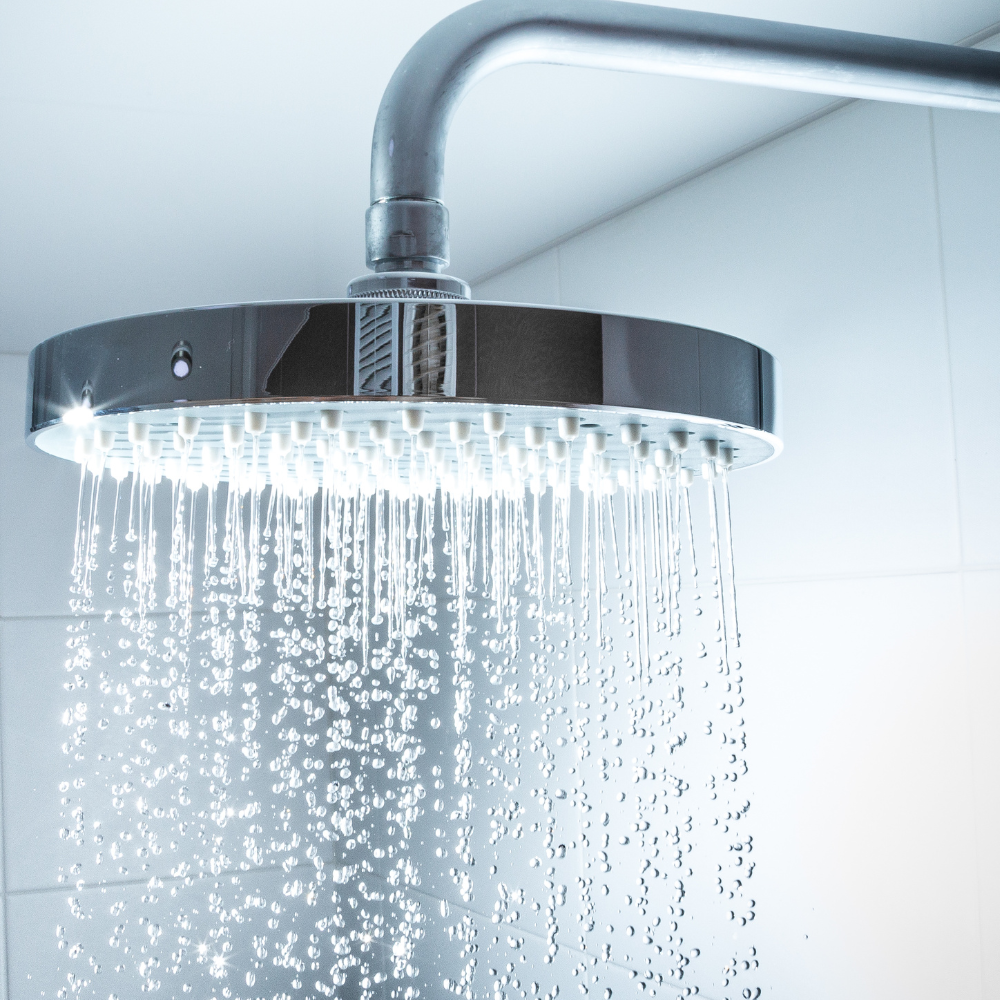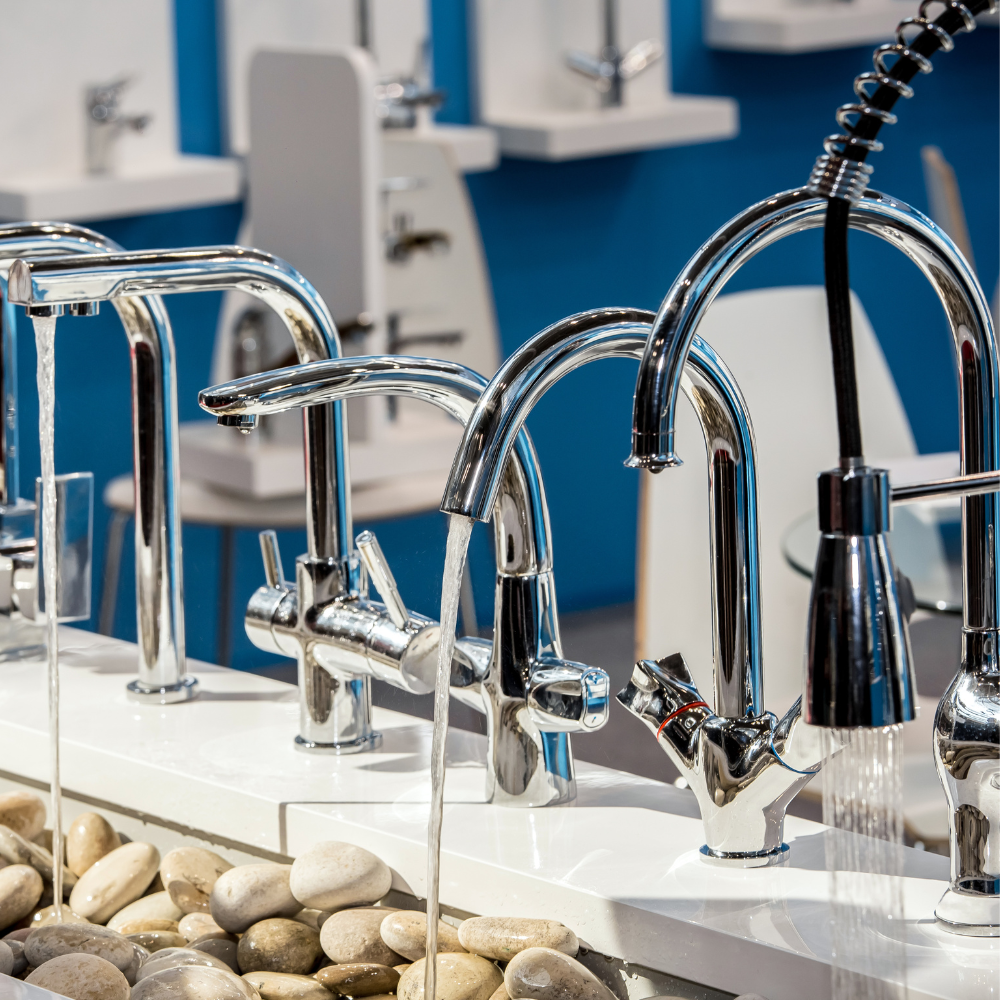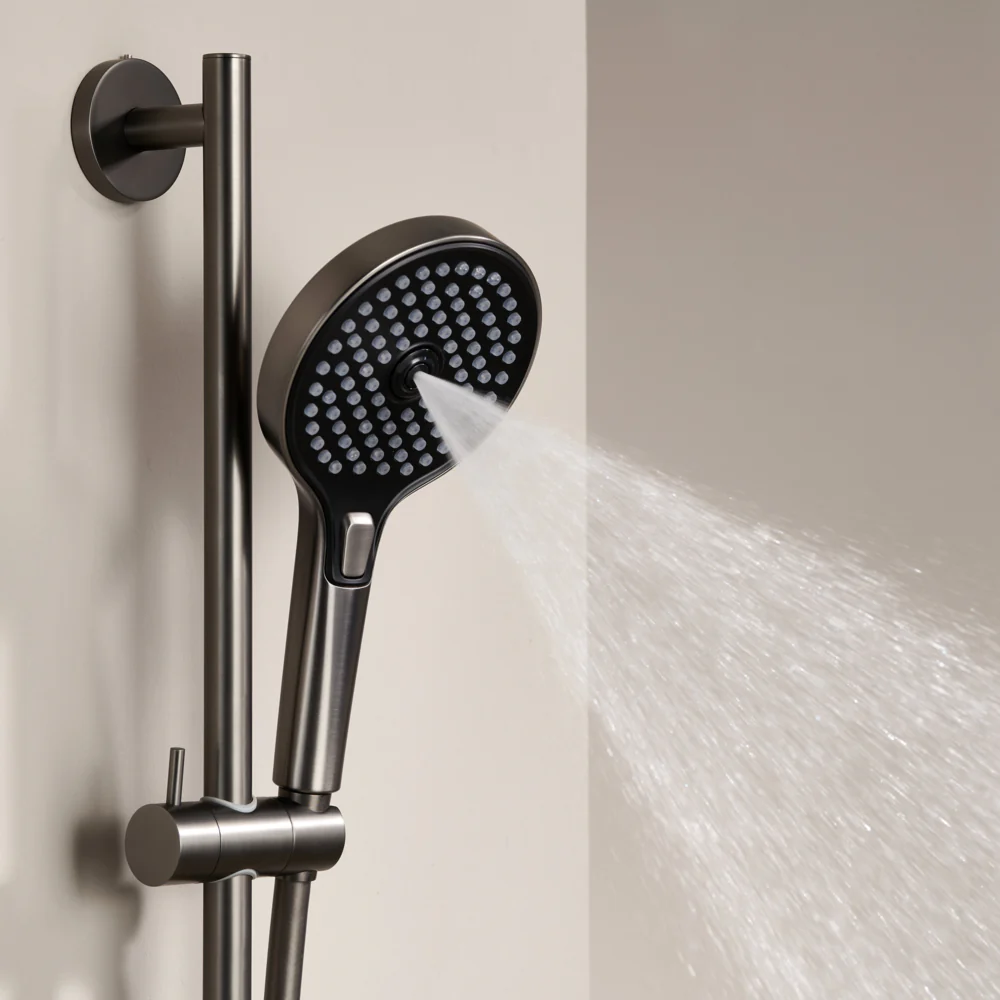Faucets are situated in strategic areas in homes, hospitals, and business places. They are focal points for several operations that involve water, such as hand washing, bathing, and everyday household purposes.
When it comes to regulating and conserving water, the faucet is one important area to be looked at. When it relates to delivering potable water free of pathogens, the faucet is worthy of note. Progress towards improving quality and durability of faucets have increased steadily over the years
Many people, when it comes to purchasing faucets, don’t just want something that can regulate water flow, but also something that fits perfectly into the design of the kitchen, bathroom, or business place. People need a faucet that is suited to the environment. The effectiveness of the faucet is also important, as well as its design and suitability to the environment.
How Faucets Work?
Normally, people don’t give much consideration to “how does a kitchen faucet work?” until it is malfunctioning. The truth is all faucets are not exactly alike in their performance. The simple theory of the water being discharged as an outcome of compression contrast seems to be the same for all.
However, the mode of action following the delivery differs greatly from type to type. Normally, the basic variations in the interior design of a faucet depend on the type of valves used. There are mainly four types of valves used in kitchen faucets. They include:
-
Compression valve
This is the basic type of valve used in the kitchen faucet. A compression valve is composed of a screw stem that raises and lowers when the screw is rotated.

-
Cartridge valve
Cartridge valves are the most frequently used this day in comparison to the ball or compression valves. The basic constituent of faucets with a cartridge valve is a small cylinder usually made of brass or plastic. This cylinder has a mesh of network through which water flows when the shaft is pushed. In the same manner, the network enables you to differentiate temperature and pressure.
-
Ceramic disc valve
Ceramic disc valves have become famous reason is that they are well built and wear-resistant. Faucets with this type of valve have two revolving plates with networks that align when the handle is pressed. This way, they enable water to run. Also, these places can also regulate the flow rate and water temperature.
-
Ball valve
Faucets with a ball valve have a steel ball as the basic constituent regulating water flow. This ball valve is designated with a channel of openings that lined up with the cold and hot water pipe. They enable water to flow pass when the handle is pressed. Most times, it’s also achievable to modify the ball to regulate the flow rate and water temperature.
What Factors Influence a Customer’s Choice?
Numerous factors influence a person’s choice when getting a product. But it is pertinent that a dealer knows some of these factors and work hard into adding these features to the faucets.
Freddy Vidal, CEO QMP Inc says, “Customers buy faucets based on all three factors: Design, cost, and environmental effectiveness.” Buyers want an eye-catching and captivating design, but they also want it to fit perfectly or almost perfectly into their environments and at an affordable rate.
-
Design
Customers want something fashionable, not archaic or old fashioned. The sink is a beehive of activities in homes and beyond, and customers prefer something chic and classy. Gary Strunak, Director of national sales of Tomlinson Industries, says, “Customers are looking for aesthetic features such as sleek and contemporary design and finish. They are looking to match and complement high-end kitchens”.
Many people have remodeled their homes, and they view faucets more as adornments for the kitchen. Design is important to them, and so it should be to the dealer and the faucet industry. Color and glossiness
One factor that puts a dealer in a favorable position over the others is his competency in sustaining and maintaining beautiful design models for faucets that blend well in today’s ever-changing world of technology. The dealer must be versatile, resourceful, and adaptable.
-
Cost
Dealers are torn in-between, providing good quality faucets that are durable and have a good design that is also cost-effective. The cost matters, of course! For a dealer to have a breakthrough in the faucets industry, the product must be reasonably priced.
-
Meeting Regulations
The Environmental Protection Agency (EPA) states that if water samples report a lead action level of 15 parts per billion (ppb) in more than 10 percent of tap water samples, then water systems are required to take action. A faucet should meet all environmentally friendly laws. In today’s faucet industry, the dealer should be able to provide faucets that meet the safety needs of the majority of the population. That is a big plus for the dealer.
Vidal says that faucets have advanced in the past couple of years by offering lead-free products. “We also emphasize the lead-free manufacturing of our products. This is a significant sales pitch because having lead in products can lead to health problems for the consumer,” states Vidal. “The lead-free pitch brings to the attention our need to ensure the health and safety of the customer.”
Strunak says, “Faucets meet U.S. Food and Drug Administration (FDA) and NSF requirements, especially the lead-free requirements.”
It is important to note that, what will give a dealer an edge in the faucets industry, is his ability to adapt to the ever-changing lifestyles of people, recognize their needs, and adjust where necessary.
Outmaneuvering the Competition
Numerous suppliers are finding it difficult to contend with low priced products. As the request intensifies for this ever-growing market, the capacity to discover means to evade the resistance is highly-priced.
The value of purchasing a superior commodity from a prominent faucet manufacturer is very important when thinking about the consequences of using water from a substandard or inferior faucet.
Ceramic disk faucets are the recent innovations in today’s faucet industry. They are recognizable by their sole lever over a broad cylindrical body. Two ceramic disks at the end of the chamber will lift up and lower down to regulate the quantity of water flow. A side-to-side gyration of the shaft regulates the temperature. These faucets are superior quality, very authentic, and do not break down easily.
Strunak advises, “Continue to stress the high-quality features of the faucet.” “Faucets with a ceramic disc offer smooth operation and durability. A ceramic disc does not wear out like rubber gaskets, so repair is rarely necessary.” Strunak also adds that most cheap overseas products are not certified by the FDA and NSF and often don’t meet safety requirements.
Vidal says, “We strongly advise to tell customers to grow our economy by keeping American business growing. We emphasize that buying in the U.S. means that companies are mandated by the government to meet a quality standard to ensure the well-being of the consumer. This otherwise wouldn’t be possible buying overseas because the consumer loses the ability to know that the product is checked for the well-being of the public.”
Prospects of the Faucet Industry
The faucet enterprise has been consistently improving and advancing. More so, the designs of homes have greatly appreciated over the years. The industry has to keep up with demands providing homes and businesses with faucets that are well suited, cost, and environmentally friendly. What is trending now is the touchless faucet. Let’s see a little bit about it.
The touchless faucet’s design is superb, it fits everywhere, and it adds this modern look to the kitchen. It is more hygienic, and you don’t have to stress over the opening and closing a tap. No more worries about wasting water; it is convenient and safe. It is hot!
There are two types of touchless faucets: Electronic infrared sensor faucet and foot pedal faucet controller.
-
Electronic infrared sensor faucet
The faucet is fitted with a sensor monitor and a system that allows water to flow from a valve once a person’s hand is close to it. The system also closes the valve once it no longer senses the user’s hand or even after a few seconds.
-
Foot pedal faucet controller
Faucets with foot pedals are handy in controlling and regulating the flow and volume of water. It can be used in homes, in the kitchen when your hand is all messed up. In the bathroom and commercial places, also in hospitals, it really will reduce the spread of bacteria from one person to another when it comes to using touch taps. They are not mostly seen in homes. Using these foot pedal controllers can save water up to 50% annually. Most do require an electrical connection.
There are so many options available to customers in terms of faucets, and so it’s essential that your marketing and sales pitches are unique and aimed to draw their attention as well as meet their needs in terms of design and functionality.



